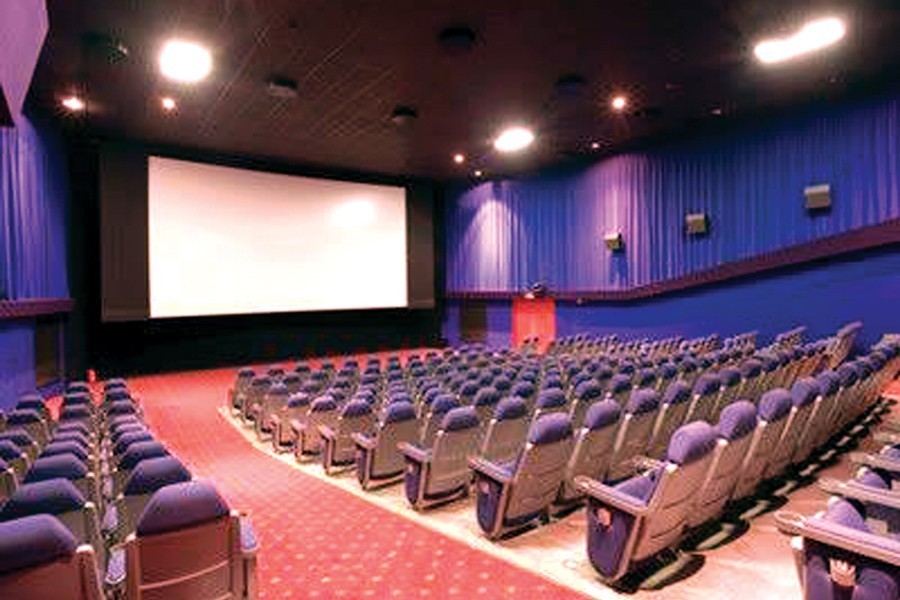The extension of the timeframe by the Bangladesh Bank (BB) for banks to join the Tk 10 billion refinancing scheme for renovating and modernising cinema halls is welcome news. Expressly, the programme is aimed at bringing cinema audience back to the halls, many of which have been declared abandoned or demolished. Issuing a circular late last week, the central bank said it has decided to extend the deadline for banks interested in the refinancing scheme up to December 31, 2023 from December 31, 2022. Since a major portion of the cinema hall refinancing scheme has remained unused and some banks have lately showed their interest to remain involved, the central bank came up with the new timeframe. With some films produced by young directors drawing attention of both connoisseurs and general audience ---a few of them bagging national and international appreciation and awards, cinema halls may count on better days ahead.
This is why some banks may show renewed interests in the refinancing scheme. The concept of cinema halls has lately changed radically. In place of a large auditorium, today's modern cinema houses comprise several small halls in a complex. It means four to five screens under one roof. In the recent past, making a hall 'houseful' would be difficult, unless the film on show is a hit. Seeing the small houses packed is now a common scene. These small movie theatres are housed in large 'cineplexes' or multiplexes. As venues for screening movies, the modern-day halls inside a multiplex are a new concept even in many developed countries. The Dhaka movie audiences have for some time been used to the 'cineplexes'. Banks showing interest in taking part in disbursing credit under the refinancing scheme ought to know thoroughly about these large and small features of the cinema house makeovers. Since it's a countrywide programme involving different types of people, advocacy and change of attitude towards movie-viewing is of great importance. Most important of all, the whole episode is centred around the country's movies. Their quality and standard have, thus, a big stake in it.
The once bustling film industry in Dhaka has long been in dire straits. Apart from the young and many family viewers being won over by the new-style cinema screening, the industry itself has been dealt blows by its own people. The film industry flourished in the 1960s-`70s. With gifted directors, script writers, artistes, producers and technicians the local cinema had its heyday until the 1990s. Then it was a headlong fall for cinema in Bangladesh thanks to the aggression of the Mumbai video culture and the substandard movies made in the country. The trend led to a widespread apathy towards Bangladeshi movies. As a result, the number of movies trickled down to just a handful. The last nail in the local movie industry's coffin was driven when the movie theatres began shutting one after another, due to the dearth of cinema-goers.
The cinema hall refinancing scheme may face a major disincentive. It comes in the form of OTT (Over the Top), a digitised device for watching a full-length movie, or those in episodes. These movies are found at online addresses, and they can be viewed on PCs, laptops, smartphones and LED TVs. Against this backdrop, mini-auditoriums at 'cineplexes' are bracing for tough times. With the halls remaining half-filled, their owners could not be more concerned.


